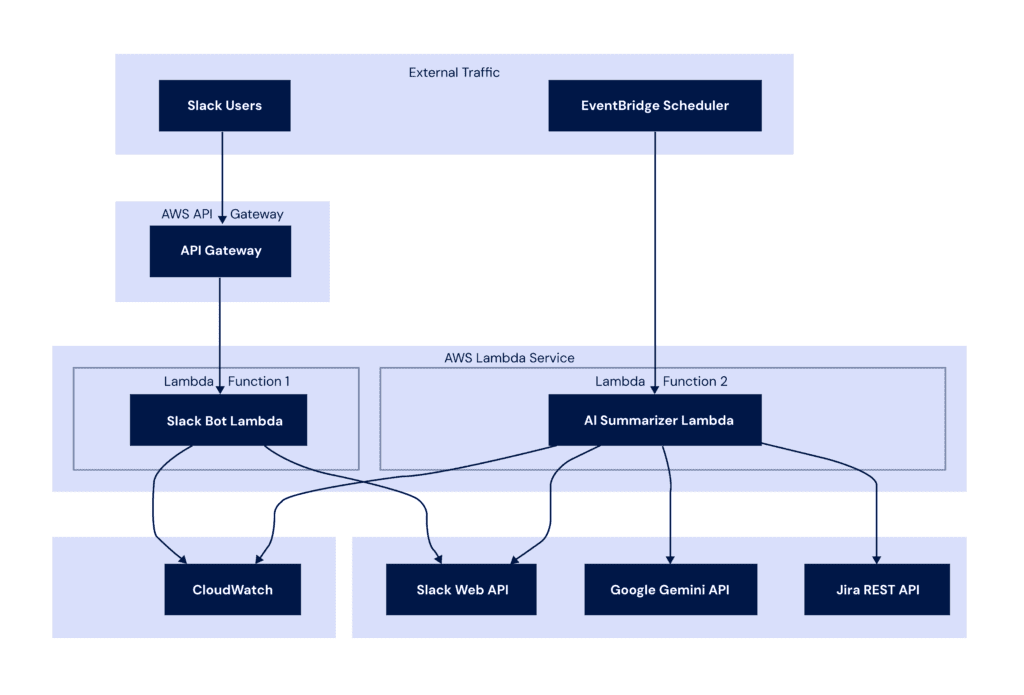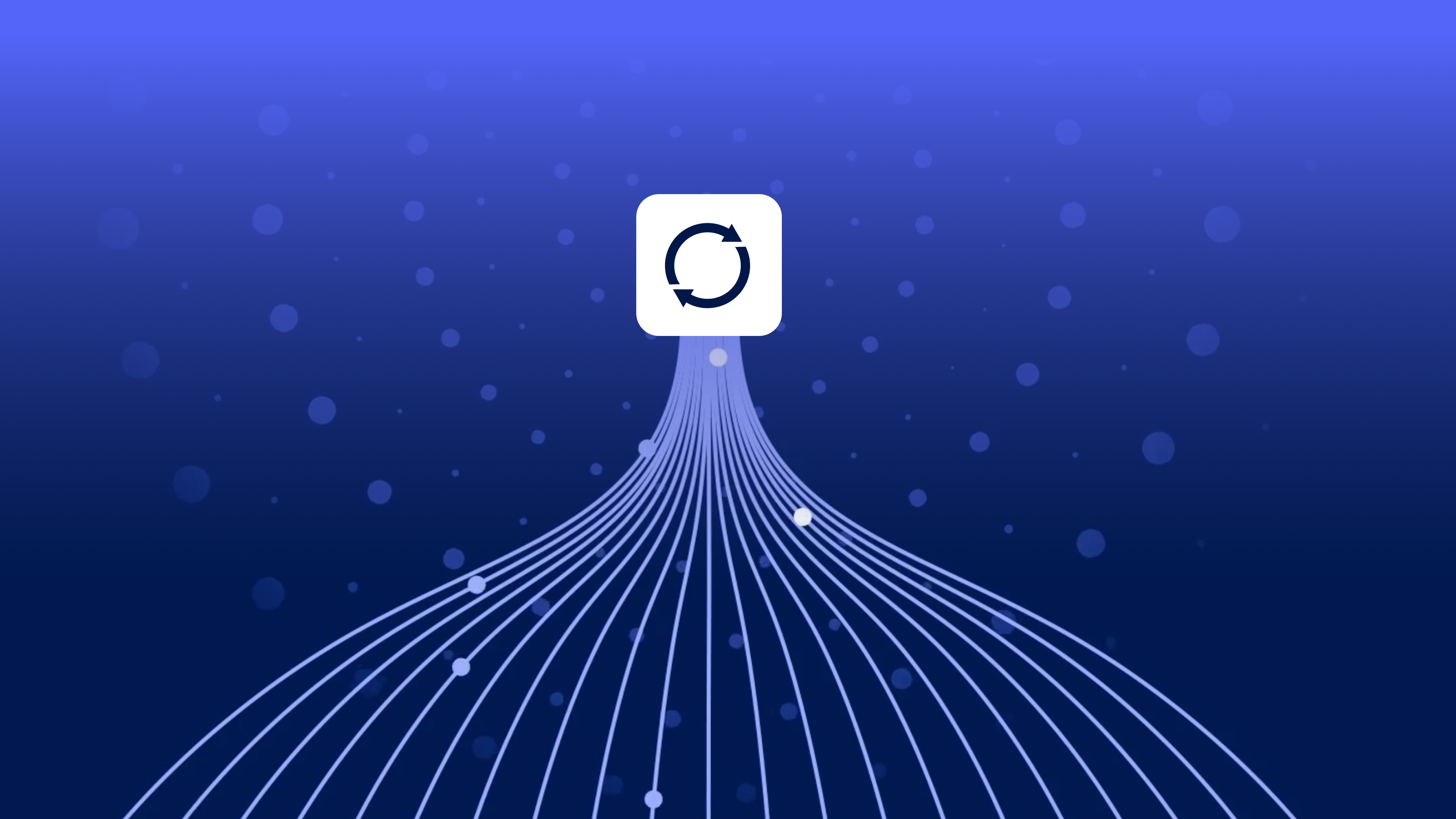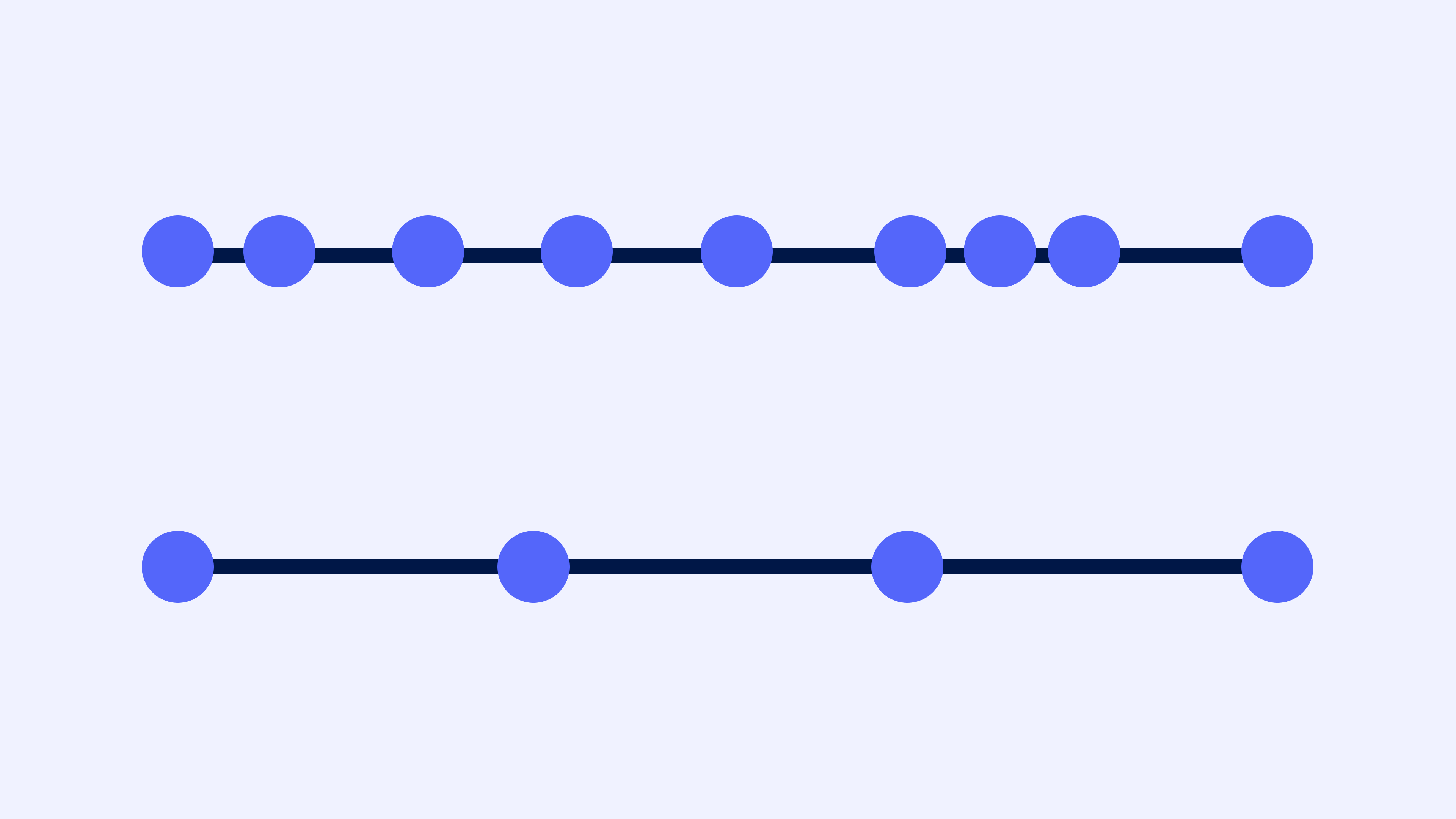As a Technical Program Manager (TPM), I’m constantly looking for ways to streamline processes and give teams back valuable time. One of the biggest time sinks we face is the manual process of updating project statuses across different platforms. We might discuss progress informally in Slack or in stand-ups, but then someone has to spend multiple hours a week summarizing those conversations and posting finalized status updates in our formal project management systems.
This isn’t just about efficiency; it’s about focus. I believe our teams should be empowered to do what they do best: Product Managers on product discovery and prioritization, engineers on building, and TPMs on efficient cross-team execution. Manual data entry pulls us all away from these core responsibilities. I knew there had to be a better way, and I found the answer in a powerful new approach: AI-assisted development.
This is the story of how I built the AI Status Update Summarizer—a tool that automates project updates, saves countless hours, and shows how a little ingenuity can solve real business problems.
The problem: A tale of two systems
In many organizations, project reporting feels like a game of telephone. We have back-and-forth, ongoing conversations about a project’s health in tools like Slack. People post quick updates, share progress, and flag issues. It’s great for real-time collaboration. The problem is that all of this rich, unstructured data lives in silos.
Meanwhile, our formal project tracking happens in a different system, like Jira. To bridge the gap, someone has to manually parse multiple channels and threads, synthesize the key takeaways, and update the corresponding tickets. This isn’t just tedious and inefficient; it also introduces the risk of human error and inconsistency. My goal was to eliminate this gap entirely.
The solution: From idea to automation
I decided to build a tool that would connect these two systems. I wanted it to be an automated, hands-off solution that would free up teams to focus on more strategic work. Here’s what we designed:
- Automated Workflow: The tool needed to automatically grab updates from Slack channels.
- Intelligent Summarization: Leveraging AI, the tool would then summarize those updates and identify key information like the project’s RAG (Red, Amber, Green) status.
- Seamless Integration: Finally, it would automatically push those summaries and statuses to the corresponding Jira tickets.
To build this, I turned to Cursor, a code editor designed to help you build fast. While I’m a TPM, not a full-time developer, this was a perfect opportunity to put Cedar’s commitment to leveraging innovative technology into practice. Cursor’s powerful features let me translate my ideas into a working solution quickly.
How it works: The technical breakdown
This tool isn’t magic—it’s a deliberate and automated workflow designed to solve a real business problem. Here’s a step-by-step look at how we built it:
- Event-Driven Trigger: The workflow kicks off with a simple, scheduled trigger. An Amazon EventBridge rule activates an AWS Lambda function every Monday, Tuesday, and Wednesday at 10 AM ET. This means the process runs on its own, without anyone having to remember to click a button.
- Slack Message Retrieval: The Lambda function uses a secure bot token to call the Slack API, pulling all messages posted over the past seven days from dedicated Slack channels.
- Intelligent Processing: The retrieved text is sent to the Google Gemini 1.5 Flash API, which is where the real work happens. We’ve crafted a specialized prompt that gives the AI clear instructions for analyzing the unstructured Slack messages.
The prompt guides the model to do two main things:
- Contextual Summarization: It synthesizes the information into a concise, easy-to-read summary. The prompt helps the AI understand the context of a project update so it knows what to prioritize and what to ignore.
- Entity Extraction: It intelligently recognizes and processes status indicators to extract the project’s RAG (Red/Amber/Green) status. The prompt explicitly asks the AI to look for specific keywords or phrases to accurately determine the health of the project.
- Contextual Summarization: It synthesizes the information into a concise, easy-to-read summary. The prompt helps the AI understand the context of a project update so it knows what to prioritize and what to ignore.
Jira Ticket Update: The Lambda function takes the AI-generated summary and RAG status and uses an Atlassian API token to call the Jira API. It then automatically updates the corresponding Jira initiative ticket with all the new information.

The impact: Efficiency, consistency, and a place where builders thrive
The results have been immediate and tangible. We project this tool will save each team an average of 6-8 hours per week on manual reporting alone. When you extrapolate that across an organization of 20 teams, we’re looking at a total saving of 120-160 hours every single week. Beyond the time savings, this tool ensures consistent, standardized updates across all projects, making it easier to track progress and conduct business reviews.
This project is a perfect example of how our culture at Cedar empowers builders. With leadership support, an openness to experimentation, and the trust to try new tools, I was empowered to solve a complex problem using a new approach. By Rejecting Mediocrity and Applying a Growth Mindset (core Cedar values), we proved that anyone with a good idea can make a real impact.
The AI Status Update Summarizer is just the beginning. The future of work is not just about using powerful tools, but about building with them.
Steven Barragan is Senior Technical Program Manager at Cedar



